Pop!_OS: The first real Linux desktop
Tonight I gave a presentation at the Kitchener-Waterloo Linux User’s Group (KWLUG) about Pop!_OS, and this blog post is essentially a summary of that talk. The Linux development community has never really spent a lot of time making Linux for the desktop - the focus has been on servers and customizability (e.g. embedded systems, mobile, IoT, etc.). There are plenty of desktop-focused Linux distributions such as Linux Mint and ElementaryOS that have positioned themselves as such. But the hard reality is that nobody treats them as something other than “yet another Linux distribution that isn’t as good as Ubuntu or Fedora.”
Personally, I’ve never been a fan of using Linux as a desktop workstation whatsoever. I’m pretty sure that I’ve told my students something along the lines of “Linux is a server operating system….Windows and macOS are desktop operating systems” for decades. Of course, that doesn’t mean that I haven’t installed Linux desktops - back in the late 1990s and early 2000s, installing a functional Linux desktop was a challenge in itself, as illustrated in this XKCD comic:
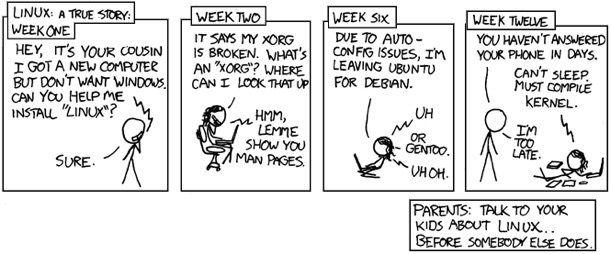
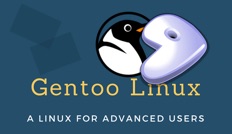
Oh, and my favourite Linux distribution to install at the time was Gentoo, because what better way to install Linux than compiling software for 5 days, right?!?
Plus, I could install Gentoo on pretty much any unusual architecture, such as the older SGI MIPS and Sun Microsystems UltraSPARC systems I had loads of at the time. This was such common practice among Linux geeks at the time, that Lucy Snyder wrote a book called Installing Linux on a Dead Badger that directly pokes fun at how hard it was!
In short, those that installed Linux desktops in the late 1990s and early 2000s were mostly people who wanted a geeky challenge. Even Google Dictionary has a word for these people:
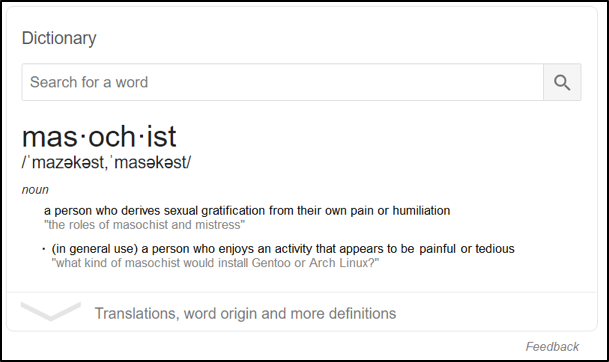
By the late 2000s, however, the Linux desktop was actually quite functional. Of course, you had to customize it heavily to get it to do everything that you wanted, but that was part of being a Linux user, right? But no one took it seriously, really - because you still had to use Windows or macOS to be productive. Thus, in the late 2000s and early 2010s, I had four main desktop operating systems: the two most common Linux distributions (Fedora/Ubuntu), Windows, and macOS.
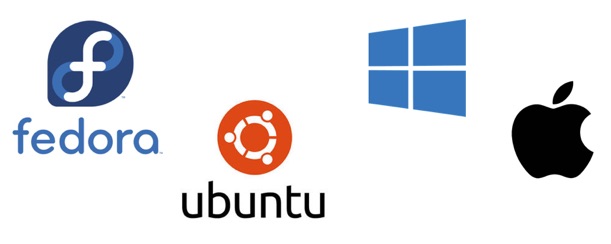
Then, in the mid-2010s I ended up being introduced to a lot of cool technologies that monopolized my time outside of teaching. Most of these technologies (the right side below) were related to developing cloud apps, and performing duties that are now referred to as devops and site reliability engineer (SRE) roles. This was also a pivotal moment for Linux as nearly all of these technologies worked primarily with Ubuntu Linux! Technically, they work with any Linux, but you can only Google “how to do X cloud thingy” so many times and get results related only to Ubuntu before you realize that it’s just easier to use Ubuntu for anything cloud-related. So I used Ubuntu heavily for any cloud development, devop and SRE stuff. I still used Fedora because I liked it, and I had to use Windows for productivity and teaching. macOS isn’t nearly as good for productivity as Windows, but I still used it to run my Ubuntu virtual machines, because Ubuntu isn’t nearly as good a desktop operating system as Windows or macOS.
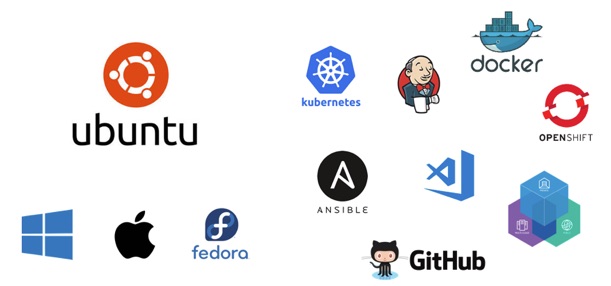
See the problem with this?!? I’m running four operating systems and working with tons of different cloud technologies. While I can’t simplify the cloud technologies (yet), I recently found that I could simplify my operating systems. I still need Windows for productivity and teaching, but I replaced macOS, Fedora and Ubuntu with Pop!_OS:
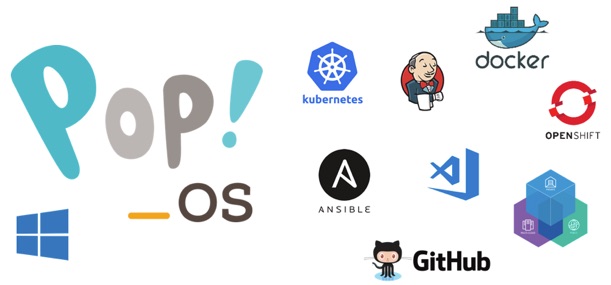
Yes, that’s right - my Thinkpad P52S dual boots Win10 and Pop!_OS, and my Mac Pro (late 2013 with 128GB of RAM!) runs Pop!_OS natively with the majority of my cloud stuff.
So, why did I do it?
I took a look at why I was reluctant to run Ubuntu Linux as a desktop, and found that it was because no one in the Linux world cared about making the user experience (UX) seamless and fluid like Microsoft does with the amazing productivity features in Windows, or like Apple does for novice user with some of the simplified features in macOS. You see, both Microsoft and Apple have large UX teams that ultimately make their operating systems successful desktops - Microsoft focuses on tweaking the UX for the power user, whereas Apple focuses on tweaking the UX for the novice user.
Basically, for me to ditch Windows/macOS for Linux, I need:
- Ubuntu Linux (for the cloudy developy stuff)
- But with a UI that I don’t need to spend a ton of time customizing because some organization with a UX team did it for me
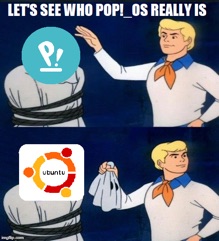
Desktop-focused Linux distros such as Linux Mint and ElementaryOS don’t do this. But the Linux hardware vendor, System76, does with their Pop!_OS. They basically interviewed power users like me and did a bunch of UX testing with them to see what UX features they wanted.
And guess what? They got it right! They took Ubuntu (which is what we want) and gave it the UX finesse that Microsoft and Apple has, down to productivity key combinations and window usage. They even added cool features (e.g. Do not disturb) where appropriate. Nothing fancy. It’s just Ubuntu with finesse. But the finesse is VERY important.
The feedback from power users has been amazing - I’ll agree with the popular slogan for Pop!_OS as “the best OS for developers” wholeheartedly. I can install it and start working. No need to install Nvidia drivers, worry about LUKS disk encryption or customizing my desktop at all. It’s perfect, and I am faster than on Pop!_OS for general productivity than on Windows (and a LOT faster than on macOS).
If you want to see what they’ve done in general, visit: https://pop.system76.com/docs/difference-between-pop-ubuntu/
If you want to see the keyboard shortcuts that will quickly make you efficient, visit: https://pop.system76.com/docs/keyboard-shortcuts/
If you want to try Pop!_OS, don’t install it in a virtual machine! You won’t get the UX experience that essentially makes Pop!_OS great. Take the plunge and dual-boot an existing system with it (the installer makes this effortless). If you’re a power user like me, you’ll likely fall in love with it immediately.
So…..what are you waiting for?!? Get it here: https://system76.com/pop